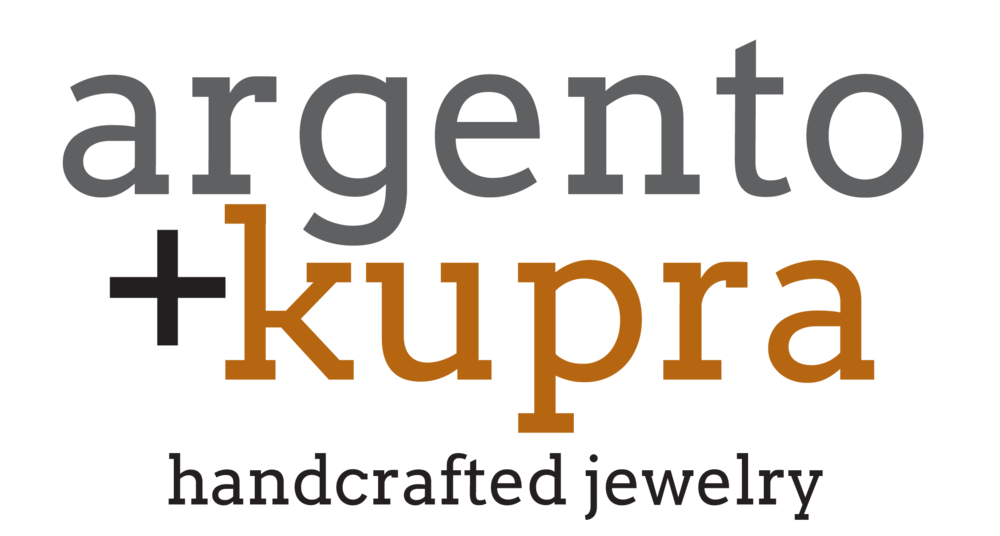In a previous post, I mentioned I would be discussing the very important subject of ear wires! For those who have been at the edge of your seats, please sit back, relax and read.
Ok. Ear wires are probably the most intimate component of the jewelry I make. You wear them in part of your body, not on it. It's important to get them right.
Sterling silver ear wires.
When I first started making jewelry (stringing beads and such), I would purchase my ear wires -- always sterling silver, to reduce the risk of reactions. On the grand scheme of things, they weren't too expensive and easy to use. The problem was that if I ran out of ear wires, then I could not make any more earrings.
Once I started in metalwork, I learned how to make ear wires myself. It's better this way, for a few reasons. First, I'll never run out, unless I run out of wire, and if that happens I'm really in trouble!
Also, I can make a pair of ear wires specifically for the earrings, complementing the design or adjusting the size at the request of a customer. Most importantly, if I'm hand fabricating the earring components, I don't want to put them on a mass-produced ear wire. I want the earrings to be made by me exclusively.
So how do I make them? For the most part, I make one pair at a time to ensure they're well matched. I start out with two equal lengths of 20g sterling silver wire. The gauge small enough to fit through pierced ears, and sturdy enough to hold up to regular wear.
I start out by marking where I want the loops and curves to go with a Sharpie. I make the round loops at one end, then curve them over a bail-making pliers, then use a flat nose plier to add a little kick at the bottom. I hammer the curve to work-harden, then file and finish off with a bur cup.
Voila! Ear wires!



